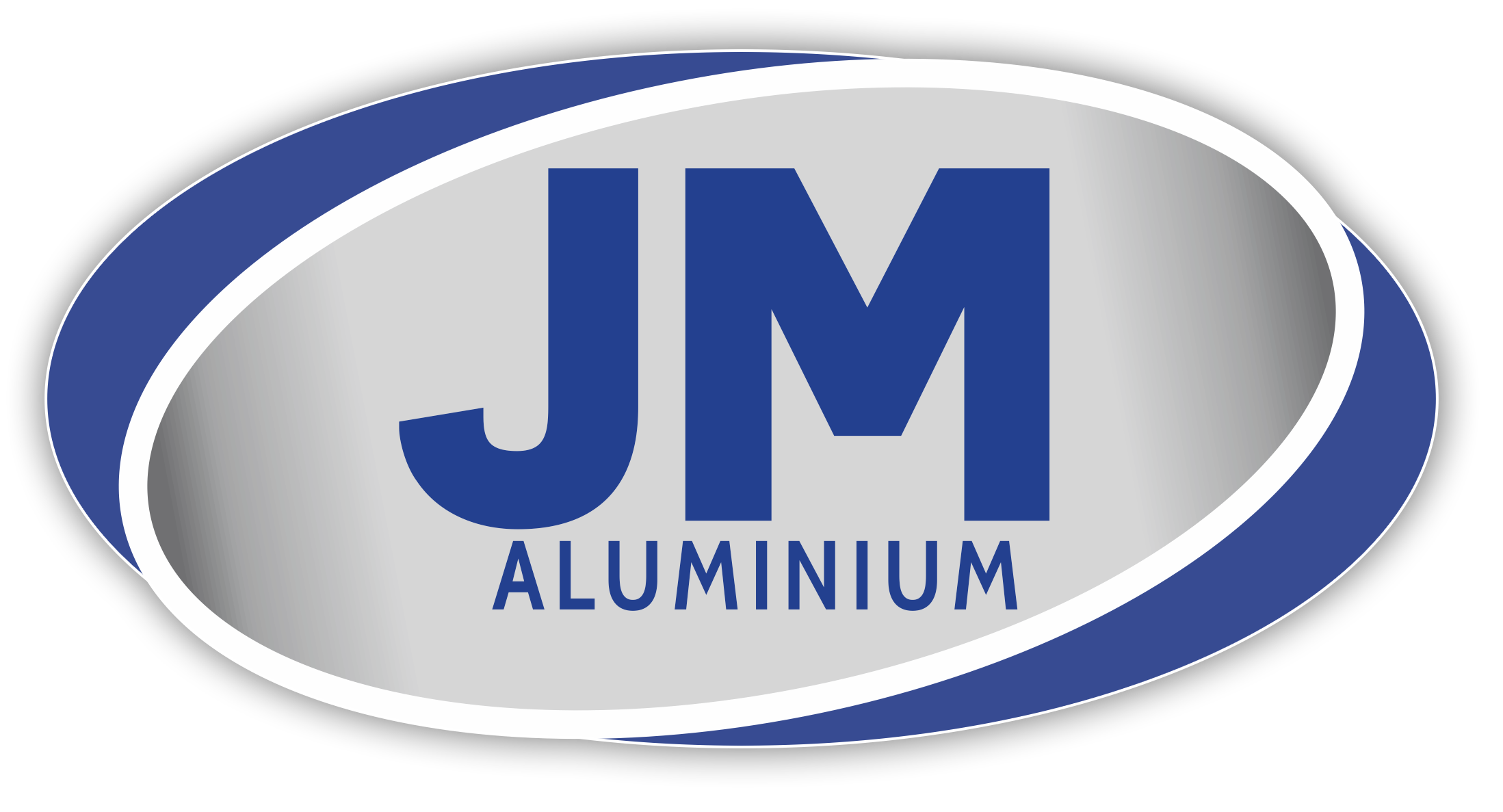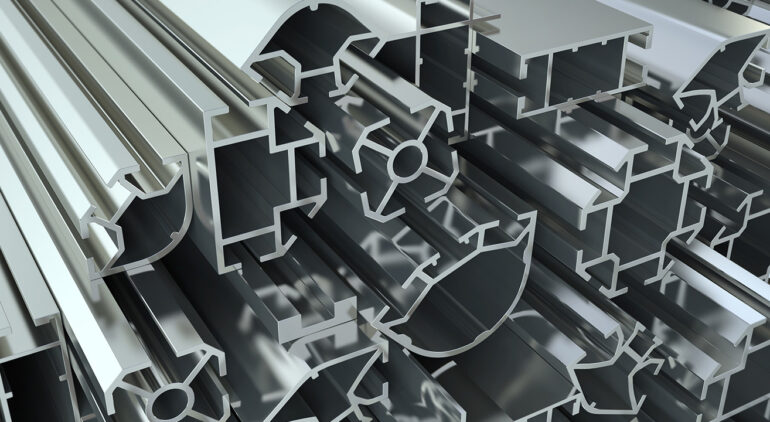Different Types of Aluminium Profiles
Whether it’s for modern buildings, vehicles or industrial equipment, aluminium profiles are everywhere. From intricate window frames to tough diamond plate flooring, these versatile materials shape our structures. But with so many options, which type is best? This guide explores the top aluminium extrusion, their uses and why these sustainable, corrosion-proof solutions are perfect for countless construction and manufacturing needs.
- Rolled Aluminium Profiles
Another common type is rolled aluminium profiles. These are created through a rolling mill process where the aluminium alloy is fed between rolls to obtain a specific cross-sectional shape. Common rolled shapes include C-channels, angles, tubes and I-beams. Rolled profiles tend to have a larger and less consistent cross-section compared to extruded profiles.
They are often used in applications that don’t require as much precision or strength as extruded profiles. For example, rolled C-channels are commonly used as studs in lightweight interior walls and partitions. Their lower cost also makes them a good choice for general framing purposes where the highest strength is not required. Like extruded profiles, rolled aluminium can also be joined using mechanical fasteners, welding or bonding for different applications.
- Sheet Aluminium
In addition to structural profiles, aluminium is also commonly used in sheet form for various applications. Sheet aluminium refers to aluminium metal that has been rolled into thin, flat pieces of uniform thickness. The most common aluminium alloys used for sheets are 1000, 3000, and 5000 series, with thicknesses typically ranging from 0.2mm to 6mm.
Aluminium sheets are lightweight yet rigid and can be easily formed, cut and joined. They are corrosion-resistant and have excellent reflective properties.
- Aluminium Diamond Plate
An aluminium diamond plate is a type of embossed aluminium sheet with a raised diamond pattern on its surface. It is created by passing an aluminium sheet through embossing rolls to give it the characteristic diamond texture. Aluminium diamond plate provides excellent traction durability and is resistant to wear and tear.
It is often used as flooring in applications like walkways, work platforms and truck trailer floors where slip resistance is important. The diamond texture also makes it suitable for non-slip sheeting on surfaces like storage racks, workbenches, and machine guards. Diamond plate aluminium is corrosion- and impact-resistant, making it a heavy-duty material for industrial applications. Its lightweight and durability have made it a popular flooring and sheeting choice in marine, construction, and off-road vehicle industries.
- Aluminium Tread Plate
Similar to a diamond plate, an aluminium tread plate is also an embossed sheet but with a herringbone pattern instead of diamonds. The raised ridges run longitudinally in a chevron pattern to provide enhanced traction. Aluminium tread plate is often used interchangeably with diamond plate in applications that require slip resistance, such as walkways, work platforms and vehicle floors.
However, its herringbone pattern is said to provide even better traction compared to diamond plates. The ridges also allow for better self-cleaning of dirt and debris. Like diamond plate, aluminium tread plate is durable, corrosion-resistant and lightweight. It is a practical choice for flooring in industrial environments, trucks, trailers, and other applications where personnel safety due to slippage is a concern.
Aluminium Profiles for Curtain Wall Facades
Curtain wall facades on modern buildings utilize a variety of specialized extruded aluminium profiles. Mullions, transoms, perimeter trims and wall panels are commonly made from extruded aluminium due to its strength, corrosion resistance and lightweight.
Mullions are the main vertical and horizontal framing members that hold the facade in place. They can have different profiles depending on structural and design requirements. Transoms are the horizontal elements located between floors. Perimeter trims are used to finish the edges. Extruded aluminium profiles allow curtain wall systems to be engineered for large spans with minimal structural thickness. They can be anodized or painted in different colours to achieve the desired aesthetic. Aluminium curtain wall systems are highly durable and require very low maintenance over the lifetime of the building.
Aluminium Profiles for Doors and Windows
Extruded aluminium profiles are extensively used in aluminium doors, windows and glazing systems due to their corrosion resistance, strength and versatility. Common profiles include frames, mullions, transoms, panels and trims.
Door and window frames are hollow extruded sections that provide strength and thermal breaks. Mullions and transoms are similar to curtain wall systems. Panels can be made of aluminium composite material, insulating glass or polycarbonate for glazing. Co-extruded thermal barrier profiles are also used where insulation is required between the inner and outer frames. Extruded aluminium allows for large spans and complex geometries in structural glazing applications. Its light weight also makes aluminium an energy-efficient choice for fenestration. Different finishes can be applied according to architectural specifications.
Aluminium Profiles for Railings and Balustrades
Extruded aluminium handrails, balusters and balustrade panels are a popular choice for railings on balconies, stairs, walkways and other applications. Common profile types include round, square and rectangular tubes or bars.
They provide strength and durability without much maintenance. Square and rectangular hollow sections can be used for horizontal and vertical rails. Round tubes make good balusters spaced at standard intervals. Aluminium railing systems are engineered for structural strength and code compliance. They can be powder-coated or anodized in different colours. Extruded aluminium railings are corrosion-resistant, weatherproof and suitable for outdoor use. Their light weight also makes installation easier compared to other materials.
Other Specialized Aluminium Shapes
In addition to standard profiles, aluminium can also be extruded or machined into more specialized shapes according to project requirements. Some examples include extrusions for blinds, shutters and awning components. Hollow and solid rectangular, circular or triangular sections are used for structural framing in industrial equipment.
Complex hollow sections are used as heat sinks for electronics. Thin-walled tubing finds applications in bicycles, ladders, and scaffolding. CNC machining allows aluminium to be cut into intricate 3D geometries for architectural details, molds, and other precision components. With the versatility of extrusion and machining processes, aluminium can be engineered into almost any shape as required. Its formability, strength and corrosion resistance make it suitable for a wide variety of specialized applications.
Conclusion
In summary, the main types of aluminium profile include extruded, rolled, sheets, composite panels, diamond plate, and tread plate. Extruded sections are the strongest and most commonly used for structural framing, doors, windows and curtain walls. Rolled shapes are lower-cost alternatives. Sheets and composite panels are used for cladding and non-load-bearing applications. Special finishes like diamond plate provide slip resistance. With continuous innovation, aluminium profiles continue to be engineered for an ever wider range of construction and industrial applications due to their light weight, strength, formability and corrosion resistance. Their sustainability also makes aluminium an environment-friendly material choice.




